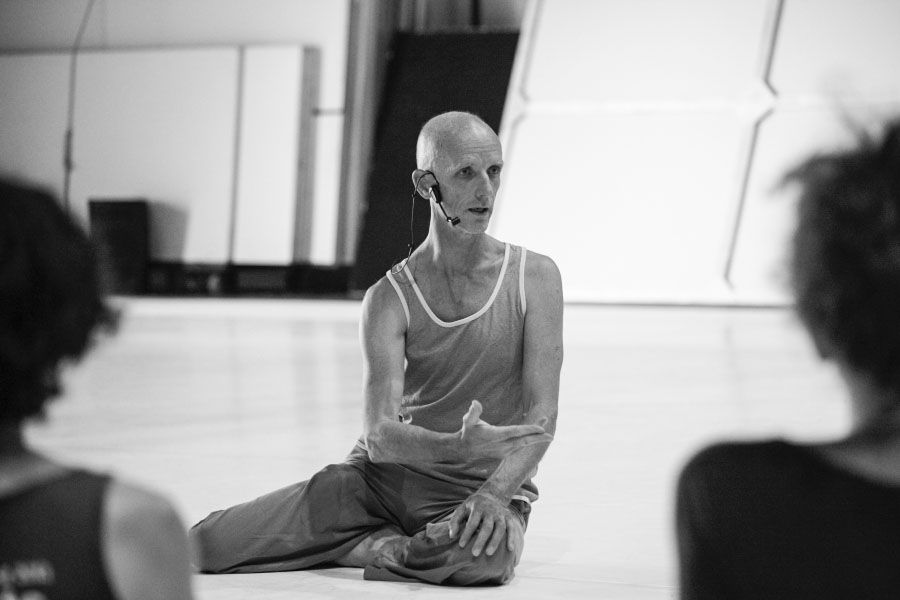and 19 more (show all)
IDOCs » The Musical Context of Form(lessness) - Teaching Form[less]? - 2015
 4092 views
4092 views  0 appreciations
0 appreciations
On Saturday afternoon we spent 2 hours in studio 2 to look into how music might shape our dances.
2015.08.10Tags:
IDOC Type:
In Folders:
IDOC Type:
In Folders:
Please keep on adding your reflections; i.e. notes, images, videos, any kind of "outcome" that you would like to share following the "intake" of this session.
If you were a participant but you do not exist as a co-author please contact Defne Erdur from your account here or directly to the mail defne.erdur@idocde.net to be part of this collective idoc.
Benno:
It is already more than 2 weeks since the symposium on FORM(less) in which I proposed a two hours practical exploration session on how music is influencing, or not, our choice making when we improvise. One of the reasons for me to propose this topic is that I often get the impression that the musical choices we make when we improvise are quite limiting in its range of style, colour or atmosphere. The notion that certain music belongs to certain kind of dance, that the form of our dancing needs the support of a certain form of music.
In my practice of teaching and performing improvisation (contact improvisation often being part of it) for the last 30 years, I have had periods in which I used a lot of music in my teaching or very little music. Also the kinds of music that I have used has varied a lot. In recent years I like to challenge myself and my students by using music that gives a very specific colour. Being interested both in how different kinds of music are influencing our dancing and challenging the ability of an improvisor to maintain a relative independence towards the music that is being played.
In the two hours that we spent together in the amazing Studio 2, I introduced three different stuctures for improvisation. After an introduction in which I talked about my interestr in the subject, we started with a structure to get us into generating movement in relation to a series of very different 1-minute music pieces. We worked in pairs and with your partner you take turns to either dance or watch teh other dance for one minute on a 1-minute piece of music and after each music piece yiou change roles. I had prepared a score of almost 25 different pieces of music with a wide range of styles from classical music, electronic, punk, rock, noise, percussion etc.
The next score we did was a 20 minutes improvisation practice in which you use 1/4 of the total time to generate your own movement material, 1/4 of the time to follow what is already existing, 1/4 of teh time in stillness on the floor and 1/4 of the time you are at the sides to witness what teh others are doing at that moment. You can decide yourself how you devide the time. This score we did in silence to create a contrast to the previous score and to allow space for our personal musicality in our dancing. I tried to emphasize that the 20 minutes were to be used as a practice and not as a performing opportunity. In other words: work for yourself and not to please others. The last structure we did was a 10 minutes group improvisation with a 10 minutes long music piece. There could be no more than 3 activities at any moment on teh floor. With an activity I meant a solo, duet, trio or larger number of people involved in the same activity. We did this score twice, the first time with an electronic piece of music, "Veil" by Philip Jeck and the second time with "When The Music's Over" by The Doors.
In between the different scores and after the last score we discussed briefly what had happened. I was not expecting any new insights, but was amazed by the clarity of choice making in the different scores. I got the impression that the challenge of improvising with music that is maybe more challenging (or less "usual" in improvisational contexts), clarified our choice making and made us being present in our dancing in a playful and creative way.
Attachments:
Comments:
You must be logged in to be able to leave a comment.










